Determining When to Replace Plumbing Fixtures
Every household uses different plumbing fixtures, like toilets, showers, faucets, sinks, and bathtubs, several times a day.
Plumbing fixtures serve a critical purpose in every home by making our routine lives comfortable and convenient. Every household uses different plumbing fixtures, like toilets, showers, faucets, sinks, and bathtubs, several times a day.
While made to last for several years, every plumbing fixture has a lifespan and will demand replacement as it wears out or breaks down with time and stops performing as expected. Homeowners should understand the signs indicating it is time to replace plumbing fixtures to avoid inconvenience and expensive plumbing repairs. Here are a few warning signs to expect:
Fixture age
Every plumbing fixture has an expected lifespan:
Toilets can last about 50 years
Faucets 15 to 20 years
Stainless steel sinks 15 to 30 years
Acrylic sinks 50 years
Bathtubs 15 to 20 years
While regular maintenance can help the plumbing fixtures last longer than their expected lifespan, ignoring them will cause them to fail sooner. An obvious indicator that it is time to replace plumbing fixtures is when they are nearing the end of their lifespan. Newer plumbing fixtures like low-flush toilets, low-flow shower heads, and WaterSense-labeled faucets are highly efficient and can save money on water bills.
Leaks
Another sign to update the plumbing fixtures is consistent leaks. While minor leaks are quick and easy to repair, replacement is inevitable if the fixture develops a leak even after repairs. Leaky faucets, toilets, and shower heads are inconvenient, lead to water pooling, mold, and mildew growth, and waste a lot of water. Replace the leaky fixtures before the problem worsens to save time, money, and headache.
Poor water pressure
The functioning of plumbing fixtures gets affected over time due to constant use. Poor water pressure from the shower or faucets is an early warning sign of plumbing fixture issues. Old and outdated plumbing fixtures can be a potential reason behind constant low-pressure problems. A professional plumber can inspect the plumbing fixtures to determine the cause and suggest replacement.
Cracks and corrosion
Cracked toilets, faucets, or other plumbing fixtures usually require replacement, as leaks and other issues can result in water damage and higher water bills. Rust, corrosion, or scale build-up can affect the fixture’s appearance, and internal rusting can affect the water quality and change its color and taste. If not addressed on time, corrosion causes the plumbing fixtures to fail. Replacing old, corroded, and cracked fixtures will improve the space’s look and save time, money, and effort.
Frequent repairs
It is typical for a plumbing fixture to require occasional repairs. But if it demands frequent or expensive repairs, it is better to consider a replacement. Usually, experts advise replacing plumbing fixtures if the repair cost is more than a third of the replacement cost. It is better to replace an old fixture than to spend money on repairing it frequently.
Upgrading plumbing fixtures at the right time is an excellent investment. It will give the kitchen and bathroom a modern appearance and lead to significant savings.
Maximize the plumbing system
Contact a local plumbing company if it is time to replace plumbing fixtures. A professional plumber will help to choose the highest quality fixtures and ensure correct installation.
Water Wise Plumbing is a local, full-service residential plumbing company serving Las Vegas, Henderson, Paradise, Boulder City, Pahrump, and North Las Vegas. We provide Tankless water heater service, water softeners, water heater flush, leak detection and repair, water line rerouting, pipe installation, hydro-jetting, sewer services, and more. We are family-owned and operated, certified, and insured. We offer flat rate pricing and 24-hour emergency service.Call us today at (702) 605 - 6408.

